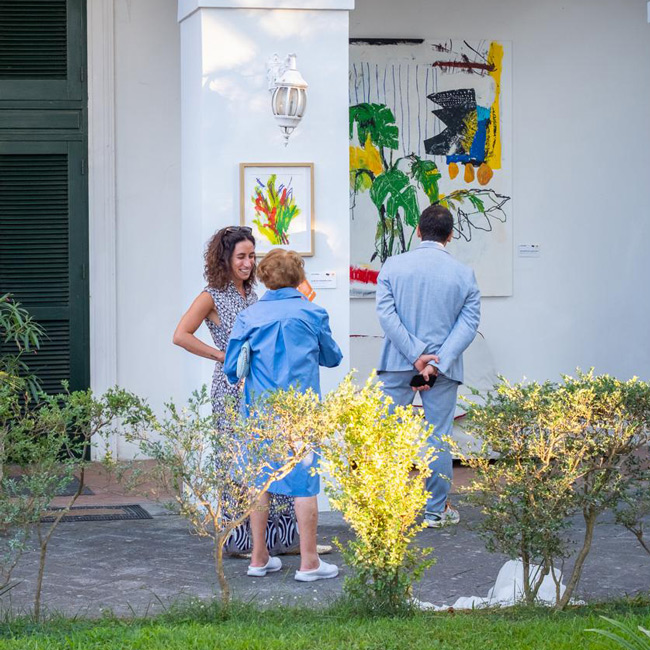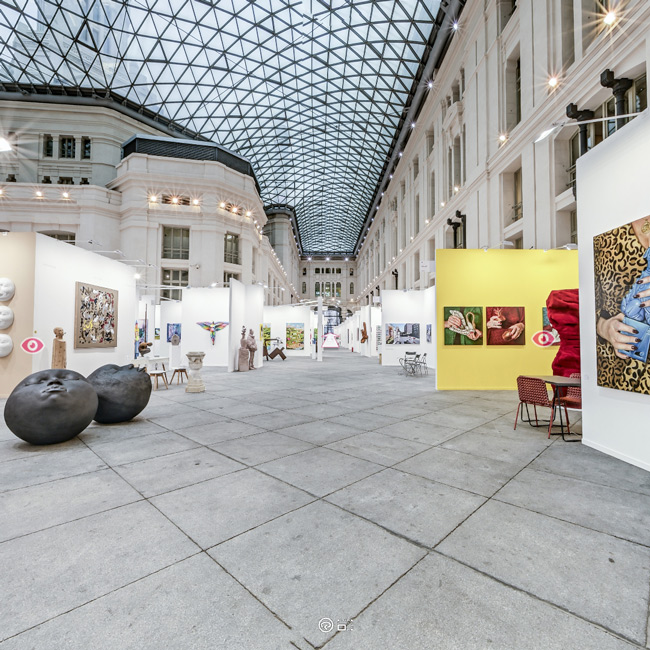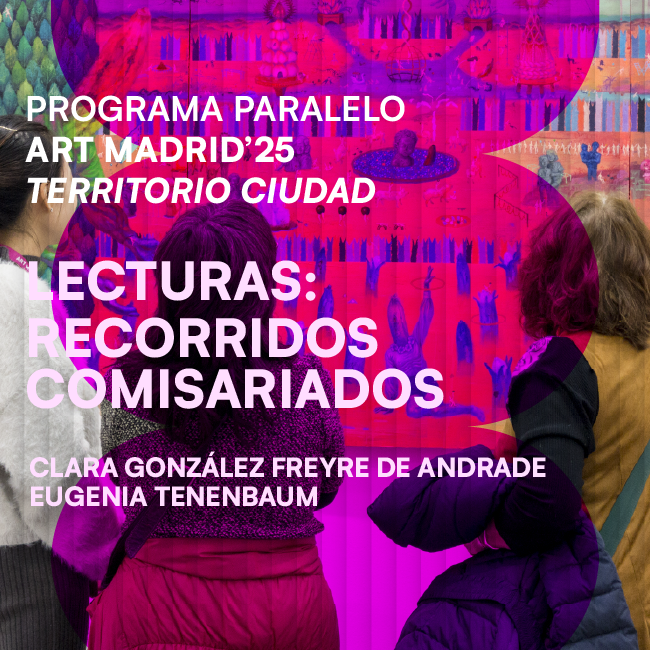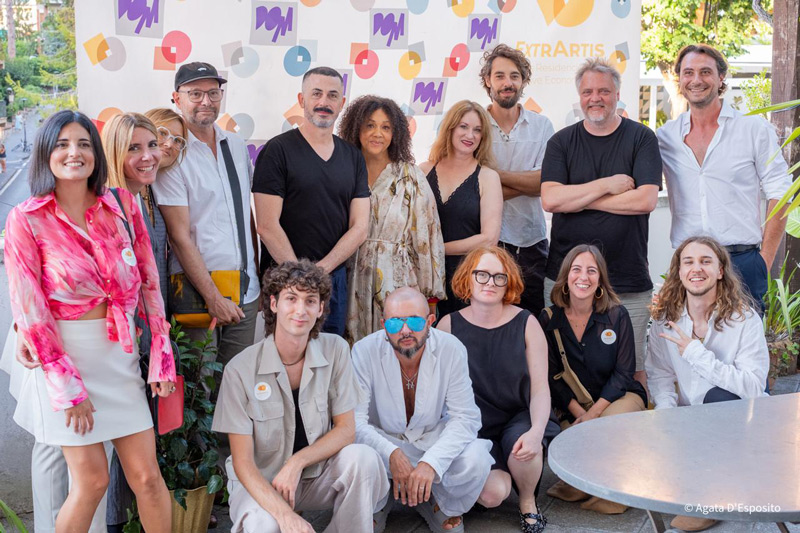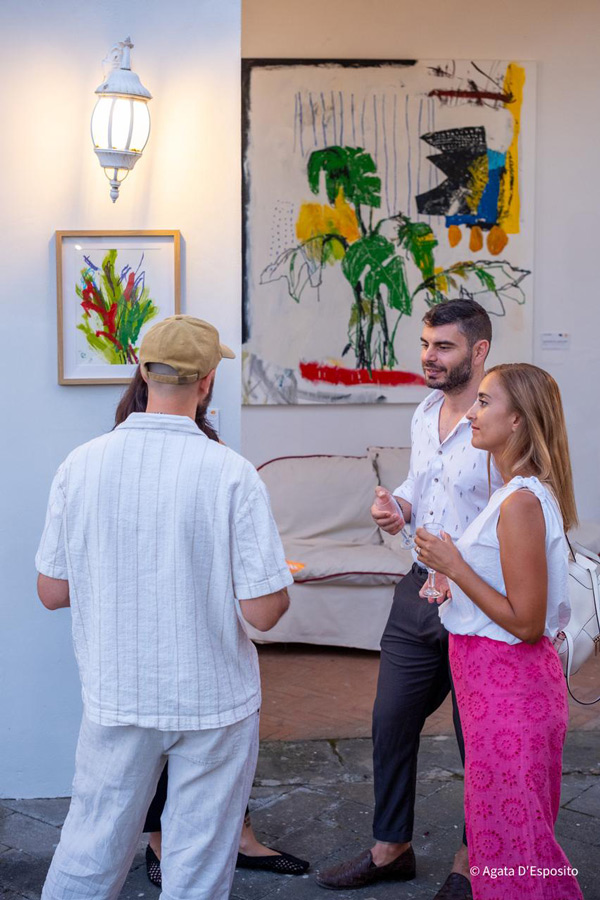WE SAY GOODBYE TO ART MADRID’20: OUR MOST DYNAMIC AND FESTIVE EDITION TO DATE
Mar 9, 2020
art madrid
With some nostalgia, as it happens with all good things that reach to an end, last Sunday, March 1st, we closed the doors of our 15th edition; but we also have a deep feeling of satisfaction and gratitude towards all those who have participated in this party and have made Art Madrid the best celebration of contemporary art to date.
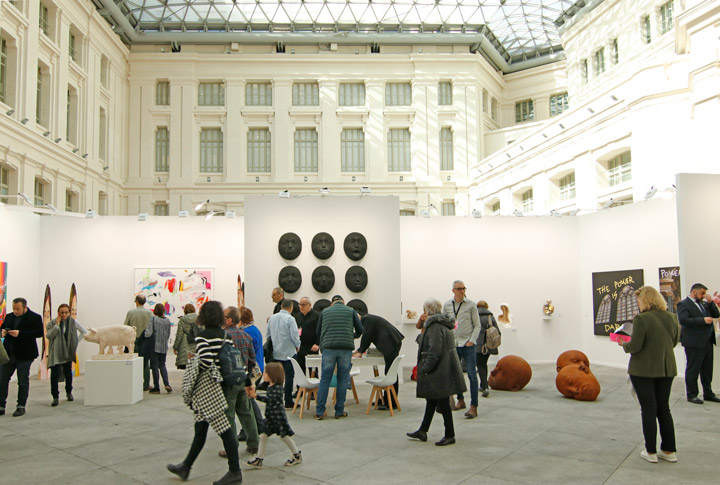
We close our 15th edition reinforcing its position as a must-see fair within the Art Week of the capital, thanks to our commitment to innovation and the expansion of disciplines, that has resulted in a huge reception by the public and the professional art sector. For five days, Art Madrid has transformed the Crystal Gallery of the Palacio de Cibeles into a real dynamic and festive event around contemporary art, attended by about 20,000 people.
Our audience grows and diversifies every year, and both visitors as exhibitors remark that Art Madrid is one of the most attractive, accessible and welcoming fairs to visit. The gallery owner Luisa Catucci, who participated in the Art Madrid for the first time, says that “it was surprising to see the fair full of people at all times, it has been a fantastic first experience; in addition, there were many collectors and directors of foundations and institutions, so the public was excellent.”
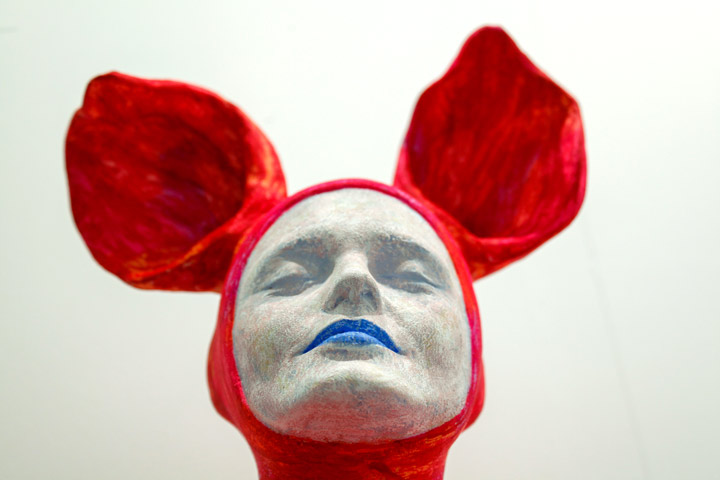
Other galleries that chose Art Madrid as the first option to enter the Spanish market share this same opinion, such as Panoptikum or Urban Spree, who underlines the high interest of visitors, the extraordinary opportunity to expand contacts and the satisfaction of concluding operations with new collectors. As Adeline Jeudy, director of the Parisian Galerie LJ who premiered at Art Madrid, comments “it is a very positive experience and the location of the fair is perfect; and I have been able to meet new collectors, art lovers and visitors of more professional as well as varied profiles.”
In addition to having grown in terms of the interest and specialisation of the visiting public, the galleries also underline the potential growth of Art Madrid year after year and its emblematic situation in the heart of the capital, besides the constant effort to offer the best contemporary art of the moment. Some senior exhibitors at the fair, such as the Kreisler Gallery, highlights the influx of public and the increase in sales with new national customers. Likewise, Aurora Vigil-Escalera points out that Art Madrid is “one of the most important contemporary art fairs and it is essential to take care of it and pamper it. I think that the space is unbeatable and that the quality of the galleries has been increasing every year.”
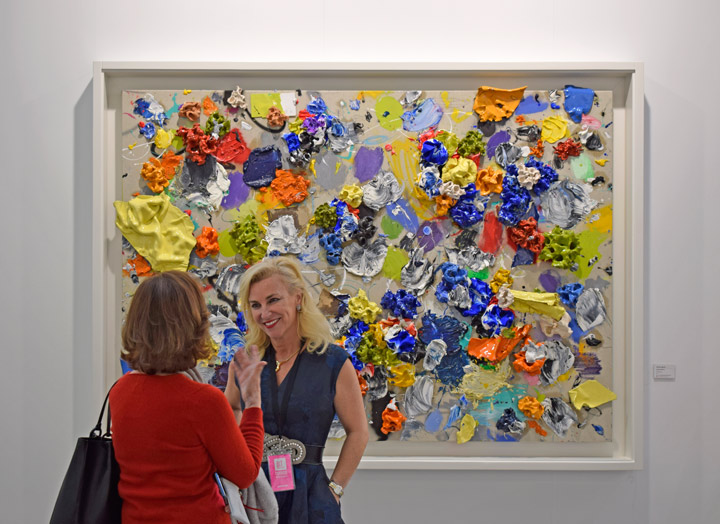
This evolution of Art Madrid is also much appreciated by the professional sector. Carlos Delgado, a critic, curator and member of the Art Madrid Committee, explains that the fair has established itself as “an absolute expression of the most contemporary scene that seeks direct contact with present art and strengthens its commitment to support young artists and emerging creators maintaining the balance with more consolidated artists.” In the same way, Art Madrid also stands out as the optimal space to enter into collecting, something that confirms Nuria Blanco, director of the Moret Art gallery (A Coruña), who corroborates an increase in young buyers around the age of 40 that start their collections with small or medium-sized pieces. “We have had many couples who bought their first piece together. This makes it a more special sale for us”. Nuria also states: "We are very happy with the presence of institutional collectors, such as the Museum of La Palma that acquired a piece of Lino Lago, something that has a positive impact for both the gallery and the artist.”
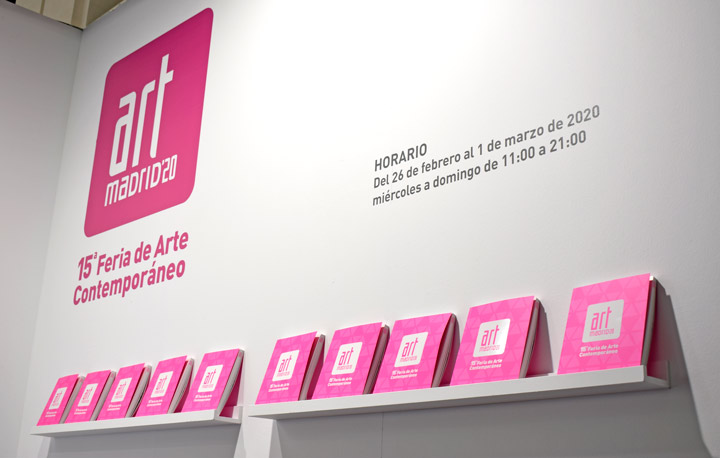
Indeed, this edition has seen an increase in the support provided by public institutions, with a greater presence of authorities and political representatives. It should be highlighted the visits from the Ministry for Culture and Sports with, among others, Elisa de Cabo de la Vega, Deputy Director for the Protection of Historical Heritage (Fine Arts G. D.); as well as the Government of the Community of Madrid, among which we mention Antonio Sánchez Luengo, Deputy Director of Fine Arts of the General Management of Cultural Promotion. Likewise, the support provided by regional and local governments is remarkable. All this gives an account of the interest shown by the public sector to support art and culture, with its active participation in large events such as Art Madrid.
It should be noticed the numerous visits of directors and curators of outstanding museums and cultural institutions such as the MNCARS, Thyssen-Bornemisza Museum, Würth La Rioja Museum, Galician Centre of Contemporary Art, Circle of Fine Arts of Madrid, Museum of Contemporary Art of Vigo, CaixaForum Madrid, CEART, Cab de Burgos, Atlantic Centre of Modern Art-CAAM, TEA Tenerife Space of the Arts, Es Baluard Museum of Modern and Contemporary Art or MUSARCO, to name a few. We also had the visit of collections and private entities such as the INELCOM Collection, SOLO Collection, Thyssen Bornemisza Foundation, Repsol Foundation, Casa de Alba Foundation, Manuel Benedito Foundation, Enrique Ochoa Foundation, Support Art Foundation, BBVA Foundation or Cepsa Foundation.
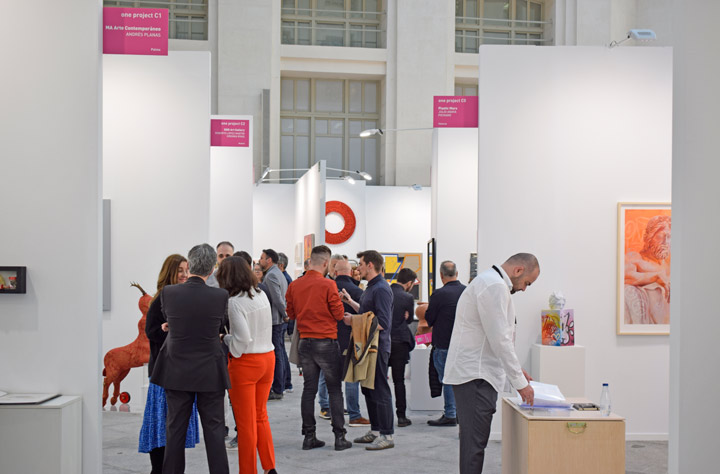
In addition, this 15th anniversary has achieved a very positive impact on the public, critics and the media, thanks to its determined commitment to turn the event into a dynamic and up-to-date celebration that everyone loved. Both the new video art, action art and performance program carried out together with the video art platform PROYECTOR, curated by its director Mario Gutiérrez Cru; as well as the redefinition and expansion of the One Project program, directed by art critic and curator Fernando Gómez de the Cuesta under the title of “Salvajes. La cage aux fauves”, have kept alive the spirit of celebration and full relevance that has served as a leit motiv to this 15th edition.
Finally, we cannot forget our sponsors Royal Bliss, Yelmo Cines Luxury, One Shot Hotels, and all our collaborators, volunteers and media partners, who have contributed to turning this anniversary into a memorable event.
Art Madrid celebrates this way 15 years of experience, consolidating its evolution and recognition as a unique space for present international creation, supporting both emerging artists and the most consolidated professionals, becoming an essential event for collectors, experts and other cultural agents necessary to the revitalization of contemporary art.

